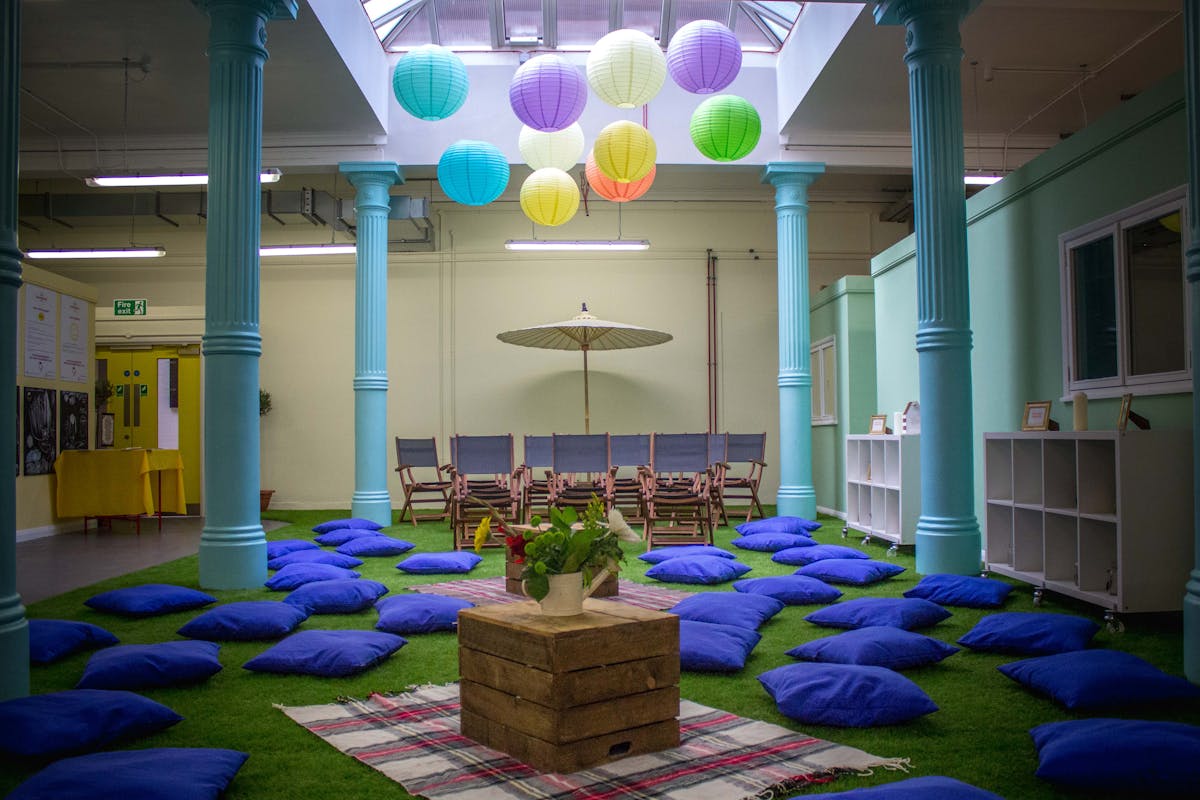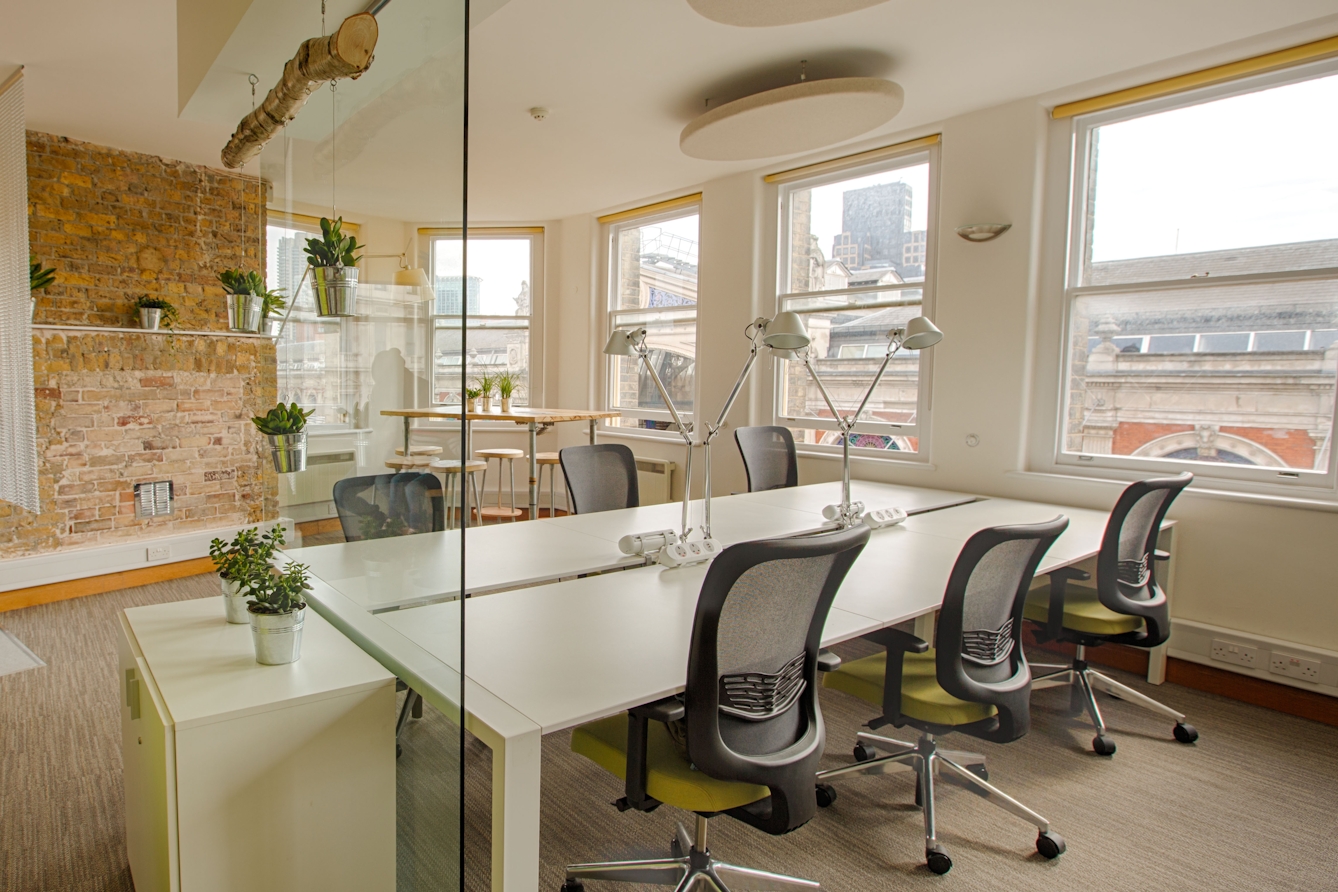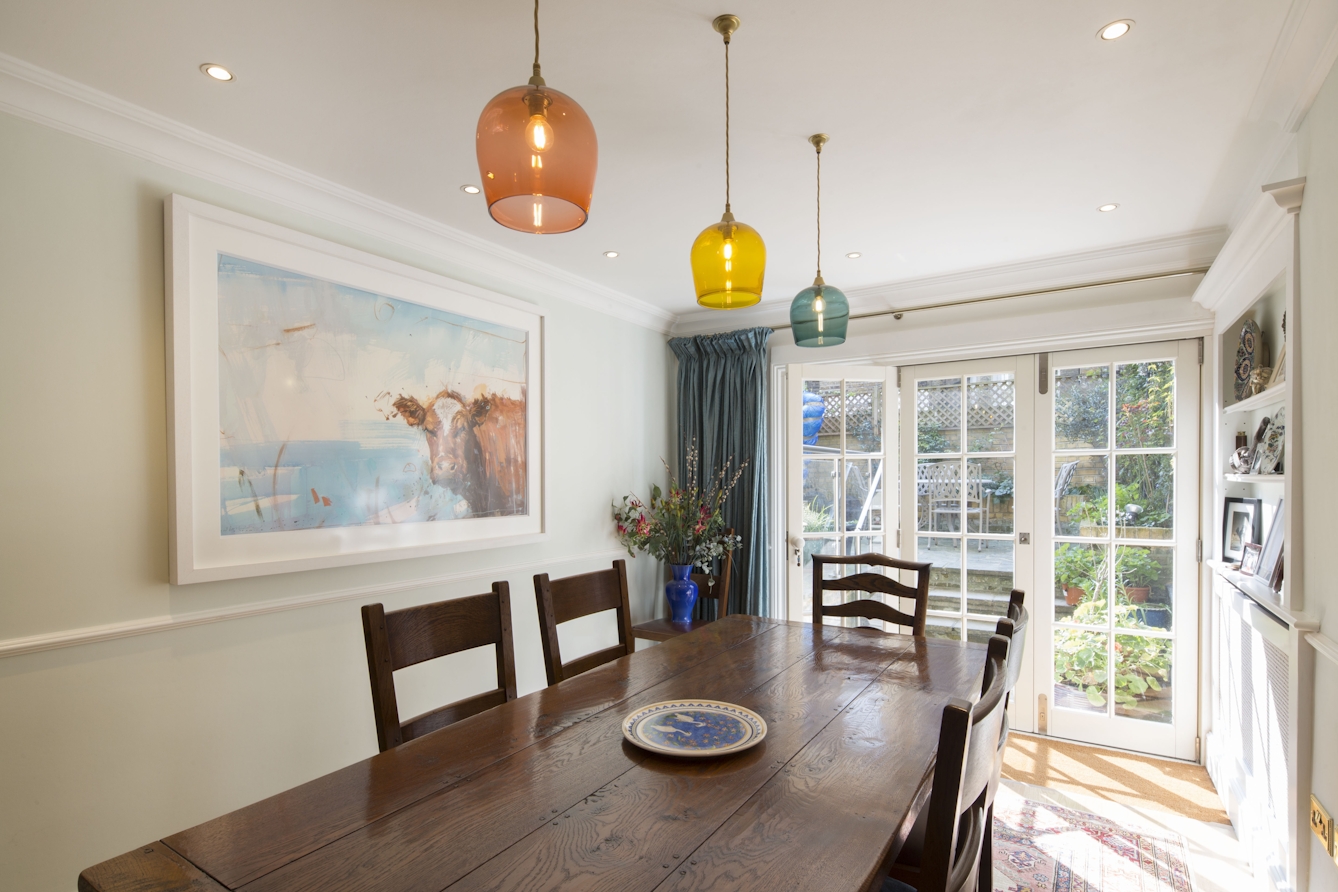Human-centred interior designer Elina Grigoriou writes about designing spaces to enable emotion, wellbeing and happiness, and explains how space is a reflection of the people in it.
This is what changed my approach to interior design
Words by Elina Grigoriouaverage reading time 5 minutes
- Article

All interiors and buildings have the same opportunity: to help us make sense of ourselves.
Looking back, it was all about that, the beauty of understanding. From the age of 15, I consciously sought beauty in all things around me, and interior design was my first exploration of this. However, after years of study and work within the corporate world, I arrived at 30 feeling like I was in a box, a very small box, and could not feel or see beauty. Decisions in my 20s were legacies of my upbringing and the environment I was trained in.
As an impressionable young woman, I initially worked hard to emulate designer stereotypes that received recognition. But seeing the way design and construction was thought about and done in the wider industry, right from the early days it felt wrong. Following the path of others both creatively and personally had run its course. There was a need for change. But no big change comes about easily or smoothly.
There were two instances that stood out to me. The first was a report on toxic air quality following fires in buildings with vinyl flooring. The second was a request made by a client to take our proposal home to show his wife for feedback on it and to help him decide.
I know what you’re thinking: why is that such a bad thing?
And yet that triggered me; what was it that I had missed? What did the presentation and my knowledge lack? What hadn’t I given to the client that required him to feel the need to take the proposal to his wife rather than listen to his paid professionals? What is the ‘right design’ and, most importantly, how do I demonstrate this?
The answer, I realised, was that there was no clarity on how a design impacted people in detail and emotionally. I looked around the industry, listened to very experienced colleagues, and realised that everyone was very much in the same boat. We had no knowledge about what shapes or colours or textures were the ‘right’ ones. No idea how they made us feel.
Emotions, cognitive activity and the influence on good design
The term ‘good design’ became the vanity project of the few without giving buildings and interiors a chance to have a soul, a beating heart with a zest for life to nurture all who interact with them.
Until recently, professional teams typically comprised male colleagues, clients and suppliers, and it felt that mentioning the word ‘emotions’ would mean that I was on my period and would be behaving ‘unprofessionally’.
Nurturing all parts of a being includes the emotions and cognitive activity in addition to physical health. So I have taken my time to personally put in the work, to understand emotions and cognitive activity as human tools. As this research provided more awareness and shed light on the human condition, I then moved on to the impact that interior and building designs have on us.
When designing these days, I ask clients better questions. How do they want to live in the spaces they will occupy? What kind of life do they wish to have? How do they want to feel in them?

The output of these conversations is my brief, and I use space as an enabler to help them achieve these goals.
If it is a private home, I might deal with the quality of a family’s relationships, using the design process to give them space to discuss openly and healthily.
If I am designing a commercial project such as an office, then the process brings the groups of users together, reflecting their values and relationships. Creating engagement in a workplace means designing for emotional connectivity and increased levels of familiarity.
Working with emotions allows people to feel safe enough to trust one another, to open up and make connections.

Improving happiness and wellbeing through design
Creating a design that will help users behave in a way that will increase happiness means that, as the designer, I need to understand what happiness is and what wellbeing really means. I need to understand it for myself first, and then for the people I am designing for.
There may be days when life is confusing and I see no beauty around me. I may then take time to read something beautiful or to think on a bench outside work. If time allows it, I will go to a gallery or a museum nearby and allow art, the themes behind it and the buildings containing them to do their work.
The role of art is to reflect missing parts of understanding within us and create clarity. When I stand in front of a sculpture or canvas I now know ‘I like’, it makes my heart go quiet, softer and allows me to be happy. Then I can start responding to people around me more clearly and healthily.
Space is never the answer. It is a reflection of the people in it, the nature and quality of their relationships. In my design practice today, we show an understanding of who we are designing for and the emotions they will experience for the time they walk our floors and touch our walls.
We can consciously, elegantly and quietly support how people wish to live in interiors.
This is what I would have wanted to tell the client who wished to take the proposal home to ask his wife, and after my explanations, today I would encourage him to do so.
About the author
Elina Grigoriou
Elina Grigoriou is a London-based interior designer, sustainability specialist and wellbeing expert. The co-founder of Grigoriou Interiors, one of the UK’s most forward-thinking design and sustainability studios, Elina is passionate about designing beautiful interiors that ensure the wellbeing of people and the environment.
